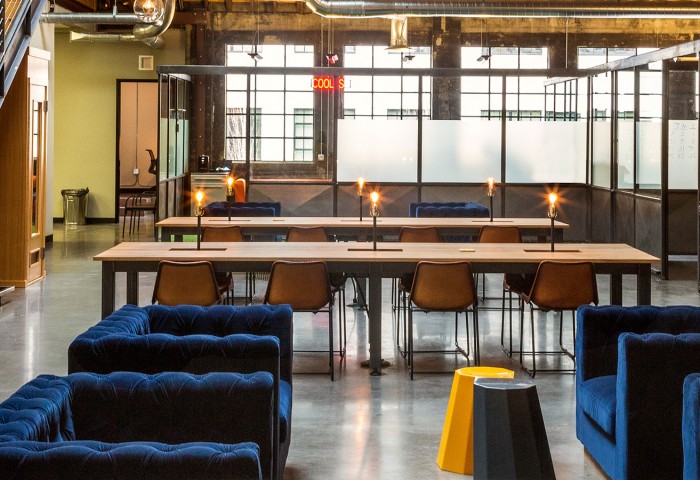Nomads have been around for thousands of years, but what exactly are digital nomads? What is so special about them? How and where do they live, and what do they do? Marinela Potor, Tobias Gillen, and Mark Kreuzer are three members of this relatively new tribe who attempt to answer all these questions and more on MeinLeben.digital, a German online magazine by digital nomads, for digital nomads.
Digital nomads … aren’t those the people who always hang out in cafes, staring at their laptops? Well, yes and no. While coffee and laptops can be considered the bare essentials for almost every digital nomad out there, the nomads themselves come in many different shapes and sizes. Digital nomads are somewhere on the spectrum between freelancers and world travelers. They work as web programmers, travel bloggers, or deal hunters on the web. Even though it might be difficult to narrow down on such diverse lifestyles, here is an attempt at a definition:
What are digital nomads?
Wikipedia defines the term as follows:
“Digital nomads are individuals who use telecommunications technologies to earn a living and, more generally, conduct their life in a nomadic manner. Such workers typically work remotely—from home, coffee shops, public libraries, and even recreational vehicles—to accomplish tasks and goals that traditionally took place in a single, stationary workplace.”
In other words, a digital nomad is a type of location-independent nerd. This might not sound as romantic as the first idealistic visions people had of digital nomads. Yes, people really did dream of this lifestyle decades ago. Marshall McLuhan, probably the most important and influential media scientist of all time, dreamed of a world in which people, enabled by technology, would move seamlessly through time and space, without being bound to a single location. He called them “nomads.” About 20 years later, Tsugio Makimoto and David Manners published a book in which the term “digital nomad” was used for the first time. They also envisioned a world full of crazy technologies where people’s work would be detached from a set time and space. However, the one thing none of these visionaries could predict was the invention of the internet, specifically Wi-Fi. Mobile internet allows us to connect with each other from almost any place in the world, with almost no delay. With this new technology on the rise, it was in the early 2000s that we started seeing people sitting at their computers, working from home or from a cafe–the urban, or digital nomads.
Changing mobility for independence.
Digital nomads are in many ways different from traditional wandering people. While nomadic tribes never spend much time in one place, this doesn’t necessarily have to be true for digital nomads. A digital nomad can be a jet-setting model, a South Korean teenager working from his smart phone, or somebody who has never left their home town. A digital nomad might have never sat on a plane or changed their address, but can still be considered a digital nomad. In other words, it is not location mobility that distinguishes this life style from others, but location independence. Digital nomads are not all about changing location constantly, but about getting rid of time and place restrictions on their work environment.
This is why digital nomads are so diverse: a stay-at-home dad who designs websites from his living room, a photographer who makes a living traveling to remote places every 6 months to take pictures, an organic farmer who earns most of his income through an online store – they all are digital nomads. The internet, smart devices and constant connection not only made these lifestyles possible, but also attractive. Even if in the beginning, many were suspicious of digital nomads or just saw them as weird nerds, by now, living as a digital nomad has become an established and accepted lifestyle.
The digital community.
Digital nomads are very communal beings, and they always love to welcome new members to “their tribe.” They stick together, help each other out, and are more than happy to guide others on their way to becoming digital nomads themselves. While you can find plenty of blogs and tutorials for digital nomads in English, there are still unfortunately very few websites for digital nomads in other languages. MeinLeben.digital is the first German online magazine by and for digital nomads. Here, German speaking nomads can find support for their digital lifestyles, or get on the path to a digital lifestyle. The site offers inside information, advice, access to events and a wide network for digital nomads to connect and meet each other. As digital nomads are not only very social beings, but ultimately want to live in a world where nobody has to work in a cubicle any more, the more digital nomads out there, the merrier!
About the Author

Marinela works as a freelance journalist and has been traveling the world as a digital nomad for several years. She writes about politics, culture, the environment and all things digital. Together with two other digital nomads, she recently launched Germany’s very first magazine by and for digital nomads, MeinLeben Digital. Follow her adventures on her blog: Wanderstrudel. Life of a traveling Girl.



Responses